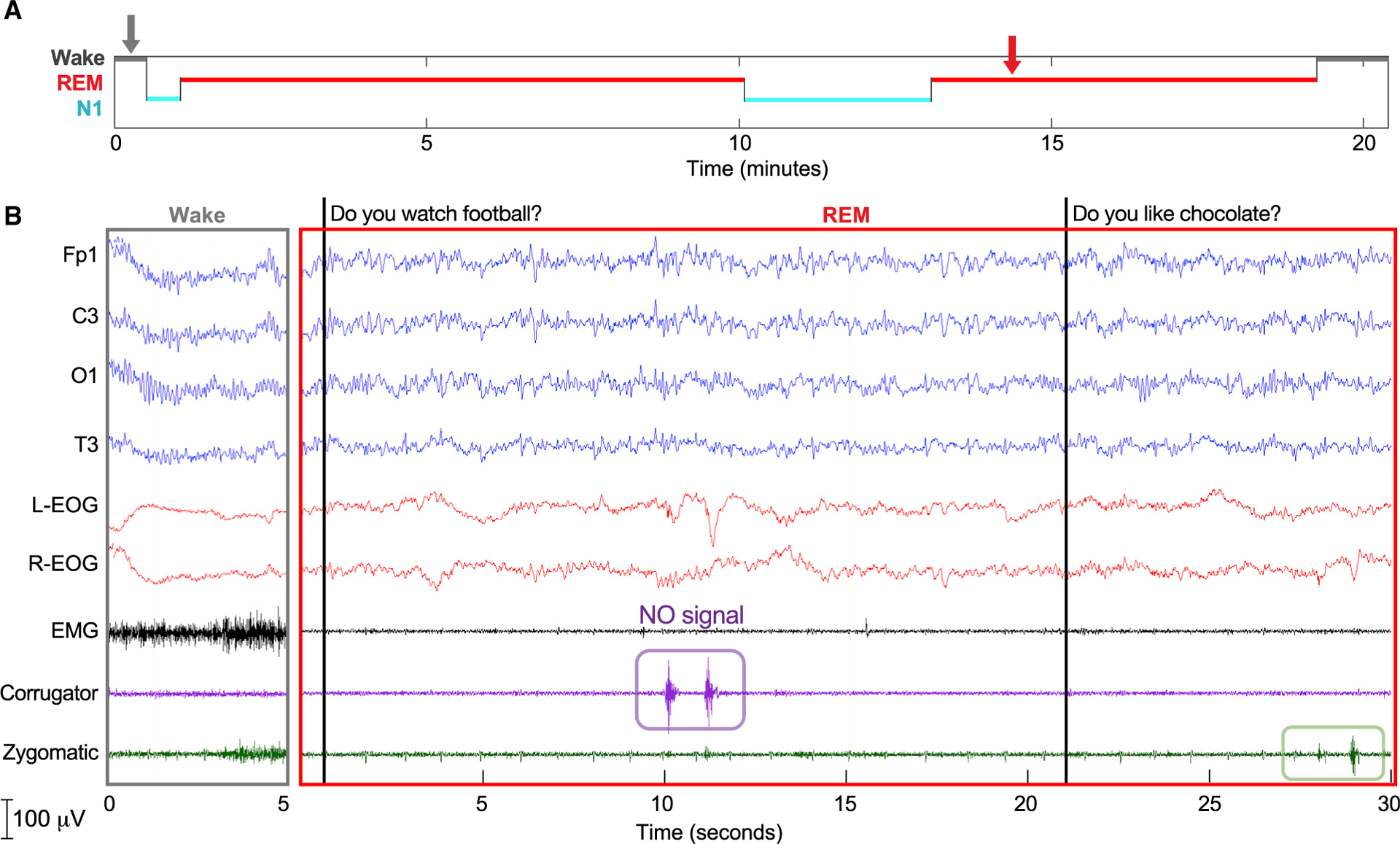Figure 4. Interactive dreaming (French group).

(A) Hypnogram showing a daytime nap in a participant with narcolepsy. The red arrow indicates the beginning of a yes-no question period. Before sleep, the participant was instructed to contract zygomatic muscles twice to signal “YES” and corrugator muscles twice to signal “NO.”
(B) Polysomnographic results documenting periods of wake (left) and REM sleep from the beginning of a yes-no question period (right). The first question was answered correctly (NO signal). The next question was answered, but the answer was judged as ambiguous. Three further questions were asked. In total, four of these five questions were answered; negligible facial EMG activity was observed after one question. Two answers were rated as correct and two as ambiguous. There was no facial EMG activity outside of the stimulation periods. The dream report upon waking was as follows: “In my dream, I was at a party and I heard you asking questions. I heard your voice as if you were a God. Your voice was coming from the outside, just like a narrator of a movie. I heard you asking whether I like chocolate, whether I was studying biology, and whether I speak Spanish. I wasn’t sure how to answer the last one, because I am not fluent in Spanish, but I have some notions. In the end, I decided to answer ‘NO’ and went back to the party.”
